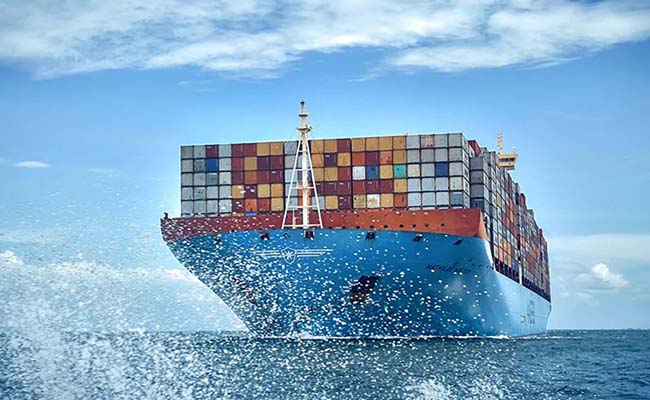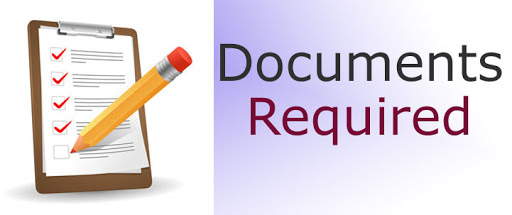- By TOP CHINA FREIGHT
- October 13, 2025
- Shipping
Table of Contents
Sporting goods shipping China to USA involves balancing cost, transit time, and safety for high-value, often bulky cargo. Whether you’re importing bicycles, fitness machines, or camping gear, choosing the right logistics strategy can save time and money. This guide explains every step — from freight options and documentation to packaging and customs — ensuring your sporting goods reach U.S. buyers smoothly and on schedule.

What Are the Main Options for Shipping Sporting Goods from China to USA?
Sporting goods can be shipped via sea, air, or express courier. Each method suits different needs depending on order size, urgency, and product type.
| Mode | Transit Time | Typical Cost (per kg or cbm) | Best For | Pros | Cons |
|---|---|---|---|---|---|
| Sea Freight | 25–40 days | $500–$1,800 per CBM | Bulk orders, large equipment | Low cost, scalable | Longer lead time |
| Air Freight | 5–10 days | $5–$12 per kg | Urgent or seasonal goods | Fast, secure | Expensive |
| Express Courier | 3–7 days | $8–$20 per kg | Small parcels, samples | Door-to-door service | Limited weight capacity |
Tip:
For mixed shipments, consolidate small sporting goods via LCL (Less-than-Container Load) to reduce freight charges while maintaining steady delivery flow.
How Long Does Sporting Goods Shipping from China to USA Take?
Transit time depends on both shipping mode and port of destination. Below is a typical comparison for 2025 schedules.
| Route | Sea Freight Time | Air Freight Time | Courier Time |
|---|---|---|---|
| Shanghai – Los Angeles | 18–25 days | 3–5 days | 3–6 days |
| Shenzhen – New York | 28–35 days | 4–7 days | 3–7 days |
| Ningbo – Miami | 30–40 days | 5–8 days | 4–8 days |
Moreover, customs clearance, port congestion, and seasonal peaks (like sports-event months) may add 2–5 days. Therefore, plan production and shipping at least two months ahead for retail seasons.
What Are the Key Customs Requirements for Sporting Goods Imports?

When shipping sporting goods into the U.S., importers must meet all customs documentation and compliance standards.
| Required Documents | Purpose |
|---|---|
| Bill of Lading / Air Waybill | Proof of shipment and ownership |
| Commercial Invoice | Declares goods’ value and origin |
| Packing List | Details of cargo, weight, and packaging |
| Importer Security Filing (ISF) | Mandatory for sea freight to U.S. |
| Certificate of Origin | Verifies manufacturing country |
| HS Code Declaration | Determines tariff classification |
HS Codes vary:
- Bicycles – 8712
- Gym Equipment – 9506
- Inflatable Balls – 9506.62
Ensure all descriptions match invoice data, as customs inconsistencies often delay clearance.
How Much Does It Cost to Ship Sporting Goods from China to USA?

Shipping costs depend on freight mode, volume, and Incoterms (FOB, CIF, DDP). Here’s an overview:
| Shipment Type | Weight/Volume | Average Cost |
|---|---|---|
| LCL Sea Freight | 1–10 CBM | $500–$1,200 |
| FCL 20-foot Container | 28 CBM | $2,000–$3,800 |
| Air Freight | 100–500 kg | $5–$10 per kg |
| Express | <100 kg | $8–$18 per kg |
However, costs fluctuate with fuel prices, demand, and seasonality. Comparing at least three freight quotes ensures competitive pricing.
How Should You Package Sporting Goods for International Transport?
Because sporting goods are often irregularly shaped or fragile, packaging directly impacts shipping safety.
Best practices include:
- Use double-layer corrugated boxes and foam inserts.
- Label all sides with “FRAGILE” or “HANDLE WITH CARE.”
- For metal or outdoor equipment, use anti-corrosion wrapping.
- Palletize goods to ease container loading.
Packaging Checklist
| Item Type | Packaging Material | Special Notes |
|---|---|---|
| Dumbbells | Wooden crate | Secure each weight with foam |
| Bicycles | Cardboard box + internal bracing | Remove pedals, deflate tires |
| Yoga Mats | Shrink-wrapped bundle | Protect from moisture |
| Tents | Poly bag + outer carton | Include desiccant packs |
A properly packed shipment not only reduces breakage but also saves insurance claims and warehouse costs.
Which Incoterms Work Best for Sporting Goods Imports?
The choice of Incoterms defines shipping responsibility between buyer and seller.
| Incoterm | Responsibility | Recommended When |
|---|---|---|
| EXW (Ex Works) | Buyer handles all freight | You have a local forwarder |
| FOB (Free on Board) | Seller covers origin costs | Balanced and common |
| CIF (Cost, Insurance, Freight) | Seller covers sea freight | Simplifies sourcing |
| DDP (Delivered Duty Paid) | Seller delivers to door | Ideal for new importers |
For sporting goods, FOB or DDP is most popular, combining cost control with convenience.
How to Handle Import Duties and Taxes
Duties for sporting goods vary by HS code and trade agreement. The average U.S. import duty ranges between 3%–9% for sports equipment.
Moreover, anti-dumping duties might apply for specific metal or rubber products.
| Product Category | Estimated Duty Rate |
|---|---|
| Bicycles | 5.5% |
| Fitness Machines | 3.2% |
| Sports Apparel | 8.1% |
| Outdoor Gear | 4.5% |
Tip: Working with a customs broker can ensure proper HS code classification and prevent overpayment or fines.
Can Sporting Goods Be Shipped with Batteries or Hazardous Materials?
Many sporting goods include lithium batteries (e.g., e-bikes, smart devices). These are regulated as dangerous goods under IATA and IMDG codes.
Compliance requirements:
- Provide Material Safety Data Sheet (MSDS).
- Ensure UN-approved packaging for batteries.
- Use “Cargo Aircraft Only” labels for air shipments.
Failing to follow these rules can lead to shipping bans or penalties.
What Are the Common Challenges When Shipping Sporting Goods?

Even with careful planning, importers may face delays.
Common issues include:
- Incorrect documentation causing customs holds.
- Seasonal congestion before global sports events.
- Damage from poor packaging.
- Misdeclared HS codes increasing duties.
However, these can be minimized by coordinating early with your freight partner and adopting digital tracking tools to monitor every shipment milestone.
Case Study: A U.S. Retailer’s Sporting Goods Shipment
A California-based fitness retailer imported 15 tons of gym equipment from Ningbo to Los Angeles.
They faced space shortages due to a sudden freight rate surge. By switching from FCL to LCL consolidation, they:
- Cut total freight cost by 25%.
- Reduced delivery time by 6 days due to flexible sailing schedules.
- Improved warehouse efficiency with staggered unloading.
This case proves that smart mode optimization and consolidation planning can improve margins in a volatile logistics market.
Conclusion
Shipping sporting goods from China to the USA requires precise coordination of logistics, customs, and packaging. Understanding the right shipping method, Incoterms, and documentation ensures smooth delivery and cost efficiency. By planning early, consolidating shipments, and maintaining compliance, your business can stay competitive in the fast-growing sports market. Whether you choose air for speed or sea for savings, the key to success lies in informed logistics decisions.
Need a Shipping Quote?
If you want expert guidance and peace of mind, our team is ready to assist.
TJ China Freight offers tailored solutions to help businesses of all sizes ship more reliably from China.

FAQ
Q1: What is the best shipping method for sporting goods from China?
Sea freight is ideal for large, heavy equipment, while air or express suits small or urgent shipments. The choice depends on cost, delivery schedule, and volume.
Q2: Do I need a customs broker for importing sports goods to the USA?
Yes. A broker ensures your documentation meets all import regulations and helps prevent customs delays or penalties.
Q3: Can I ship mixed sporting goods in one container?
Absolutely. LCL shipping allows multiple items—like gym gear, apparel, and accessories—to share one container efficiently.
Q4: How do I handle product labeling and barcodes for U.S. imports?
Ensure labels meet U.S. safety and material disclosure rules, including country of origin and barcode scanning requirements.
Q5: What factors affect shipping time the most?
Transit mode, port congestion, and customs inspection frequency are the main variables affecting delivery schedules.



